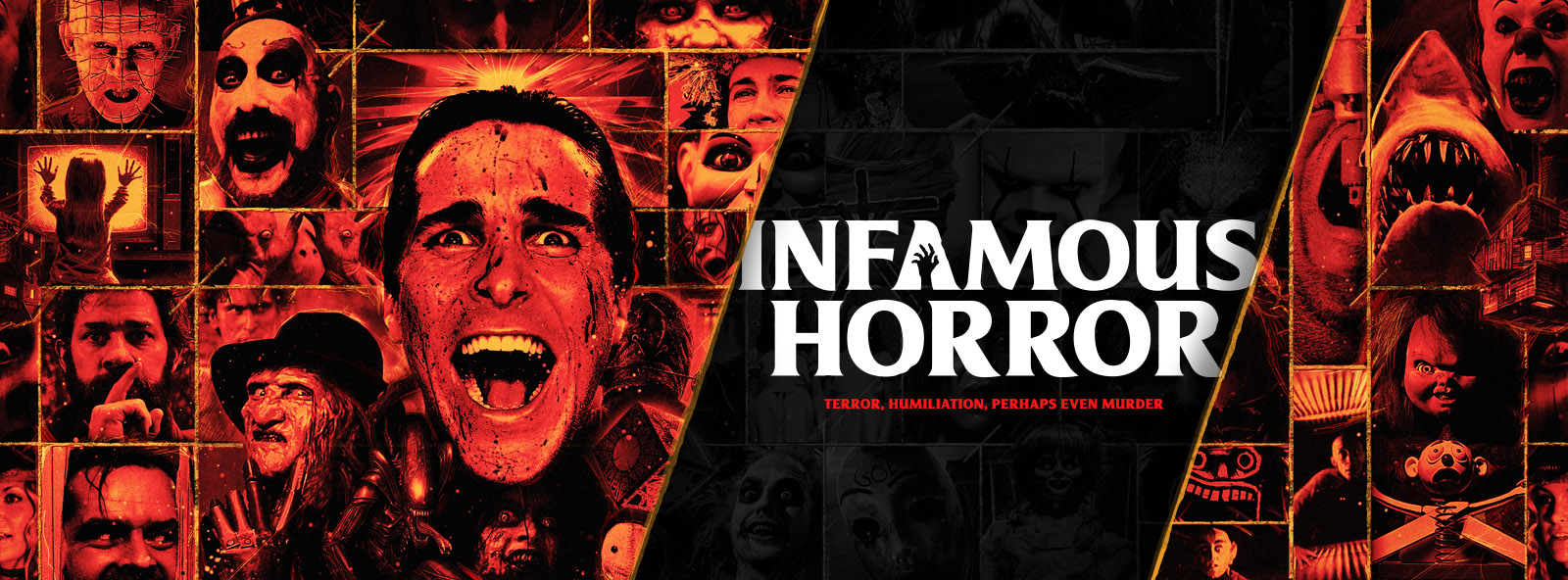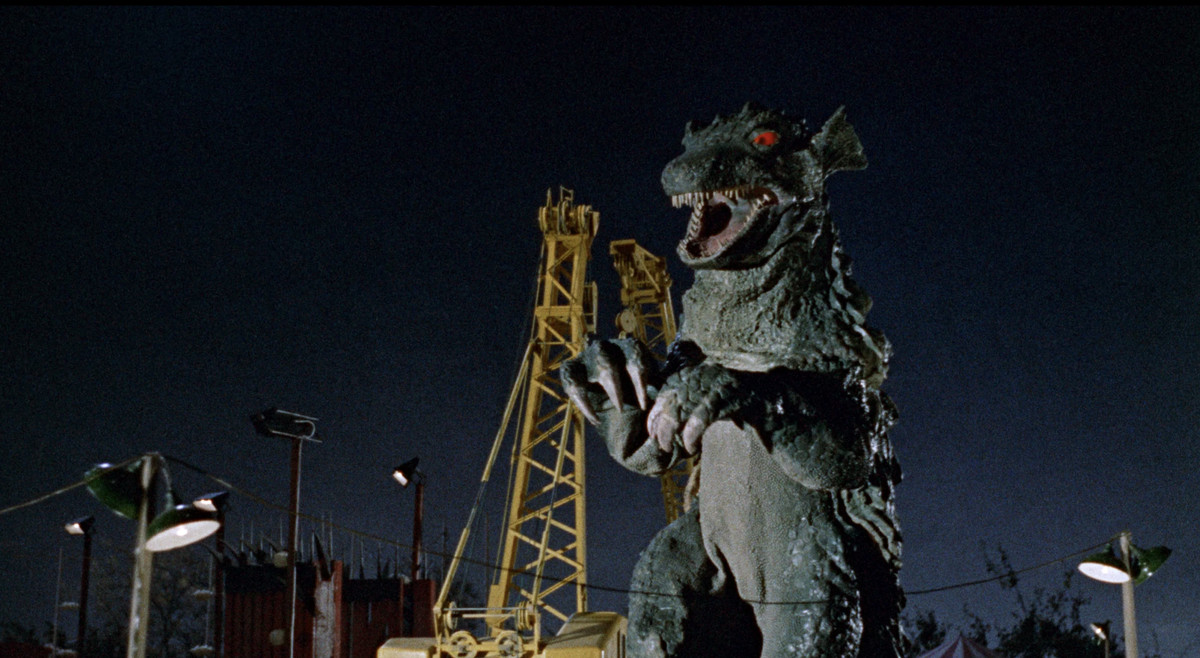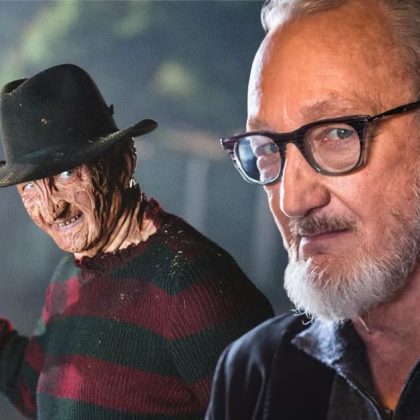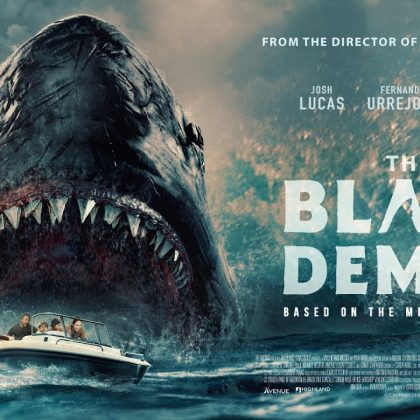In the early 1960s, kaiju movies had not yet become a pop culture phenomenon. At that time, only two Godzilla titles had been produced, both in the 1950s, and they were largely inspired by The Lost World, King Kong, and The Beast from 20,000 Fathoms. However, in 1961—before the era of monster-versus-monster films and even before Gamera made his debut—there emerged Gorgo, a British giant monster movie that demands to be seen.
The plot follows a ship’s captain and his diving crew, who, along with other fishermen, discover an amphibious sea creature. They decide to transport this astonishing discovery to London for public exhibition. While the creature is maintained under heavy sedation for public safety, scientists make a startling discovery: this colossal monster is, in fact, just an infant. This revelation leads to a chilling assumption—an adult version of the creature must be lurking somewhere. By the time this realization dawns, it is tragically too late. The mother, in her desperate search to find her offspring, embarks on a rampage through London, causing catastrophic destruction across the city.
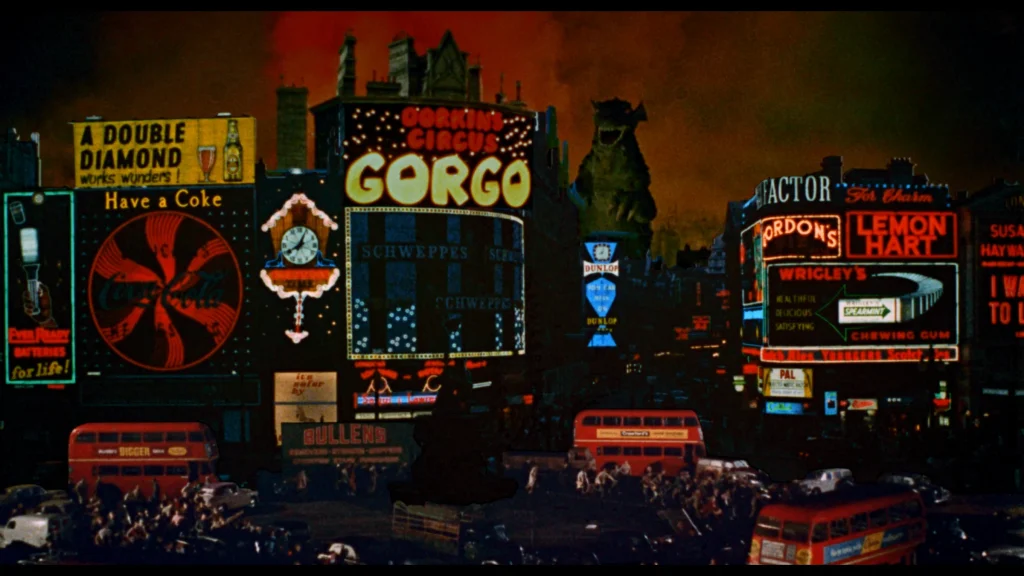
Director Eugène Lourié was no stranger to giant monsters, having worked on films like The Beast from 20,000 Fathoms, The Colossus of New York, and The Giant Behemoth. With Gorgo, he crafted what is widely regarded as one of the earliest and finest Godzilla-inspired films. The movie is packed with action, and the human-focused sequences are engaging rather than tedious. For the 1960s, the monsters are remarkably well-designed. While it’s clear that actors inhabit the costumes and some imperfections are visible, these aspects add a layer of charming nostalgia to the film. It’s delightfully cheesy, and there is a universal appreciation for a movie that embraces its extra layer of ‘cheese.’
The character of the young Gorgo is compelling in its own right, but the movie scales to truly epic proportions when the mother monster enters the scene. For fans of intricately crafted model city destruction, Gorgo is a feast for the eyes, featuring extensive and memorable demolition sequences. One unique and haunting element that Gorgo brings to the table, which is often absent in Godzilla films, is a focus on the human toll— the collateral damage. Viewers are shown people within the buildings as they crumble, and some desperately leaping from windows to escape. While these effects may appear dated by today’s standards, they were striking for the 1960s. Importantly, they illustrate a genuine effort by the filmmakers to instill a sense of horror and urgency in the audience.
For the transfer, temper your expectations when it comes to Vinegar Syndrome. While they are industry leaders in film restoration, even their expertise can’t transform a modest original into a pristine masterpiece. The movie features some notably subpar optical blue screen work—characters are often surrounded by a noticeable blue halo, and at times, the creature appears partially transparent. The filmmakers employed a heavy use of fog to mask these imperfections, but in 4K, these issues are even more apparent and not everything can be concealed. The film also incorporates several segments of poorly filmed old public domain stock footage. Generally speaking, the image is quite sharp, but the special effects do reveal their age and limitations. Nevertheless, this is likely the best that could be done with the source material, and for that, we are appreciative.
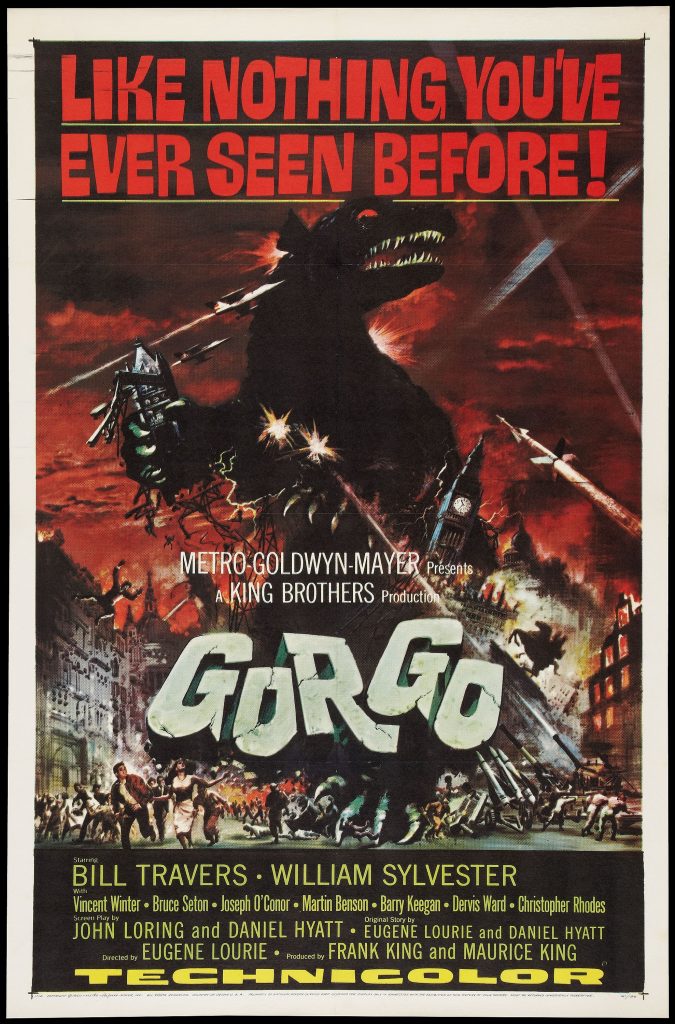
For a vintage film, the array of bonuses available is impressively extensive, thanks to the efforts of Vinegar Syndrome. Included in these extras is a commentary track from film historian and cartoonist Stephen R. Bissette, as well as both French and German dub tracks, and an isolated music and effects track. Viewers can also enjoy a 31-minute extended behind-the-scenes featurette, the original theatrical trailer, and a wealth of additional materials, such as promotional images, production notes, posters, pressbooks, and photographs.
However, one of the standout bonuses is a video of the Gorgo comic book adaptation, which allows you to read the entire comic as part of the package. Charlton Publications released Gorgo as a comic series that ran for two years, comprising a total of 23 issues, along with two special editions: Gorgo’s Revenge and The Return of Gorgo.
If you’re a fan of kaiju films and haven’t yet experienced Gorgo, what’s holding you back? While it may not be a perfect film, it’s unquestionably entertaining and played a significant role in reinvigorating the popularity of giant monster movies. It’s widely believed that Gorgo contributed to inspiring Toho Studios to continue expanding the Godzilla franchise. This film holds a distinguished place in the history of the genre and is ripe for rediscovery. Don’t miss the chance to witness a piece of kaiju history!
Film 3.5/5
Transfert 2.5/5
Bonus 4/5

